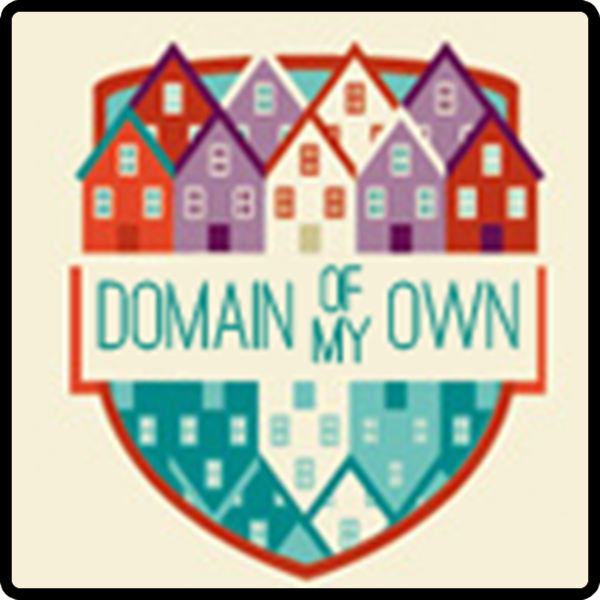WordPress Basics: How to Add a Post or Page

As you begin to use WordPress, the diagram showing the parts of the dashboard on this page might be helpful for you.
Don’t be afraid to ask me if you have any questions about this stuff, but you can figure out a lot on your own by playing around on your site or by reading over help pages.
Adding Pages and Posts
Once you’ve got your sites created, how do you publish content onto them? Here’s a quick help page on adding posts and pages. This help page goes over the distinction between posts and pages — the biggest thing for you to understand for the purposes of this class is that posts syndicate but pages do not. You’ll publish major assignments as pages on your site. You’ll publish reflection writing and lower-stakes writing as posts, and every post you publish will syndicate onto the Student Work category page.
When you publish a major assignment, because it’s a page, it won’t show up on Student Work. Every major assignment you publish will be accompanied by reflective writing, which you will publish as a post, and in that post you will link to the intro page for your major assignment piece. I consider your major assignment “turned in” when you publish that post and it shows up in the course feed.
(This will all probably seem a little confusing to you when you read about it in the abstract, but trust me that once you start doing it, you will make sense of it pretty quickly. If you get confused by the process early on, don’t panic!)
Working with Other Media
You can add images (or audio, video, PDFs, and other files) into a post or page by clicking on the Add Media button just above the post editor, to the left.
This help page goes over some of the basics of uploading or embedding media.
The WordPress codex page on the Media menus is more detailed and very helpful if you’re running into issues.
Further WordPress Orientation
The WordPress codex has a more detailed page for “First Steps with WordPress,” with lots of information and links to specific individual help pages for many other issues. The information outlined above covers probably 95% of what you’ll need to be able to do for this class, but if you’ve got other questions or you want to explore further, that page is probably a good place for you to start.
